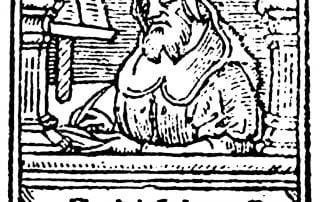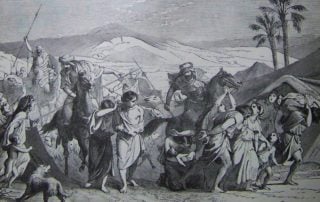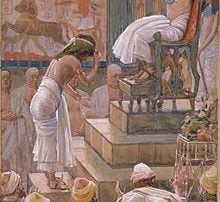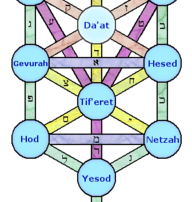Day Six – the State of Superposition
And G‑d saw all that He had made, and behold it was very good, and it was evening and it was morning, the sixth day. (Gen. 1:31) The Biblical narrative of creation concludes with the above verse. Rabbi Shlomo Yitzchaki (a.k.a. Rashi) comments on this verse: the sixth day: Scripture added a “hey” on the sixth [day], at the completion of the Creation, to tell us that He stipulated with them, [“you were created] on the condition that Israel accept the Five Books of the Torah.” [The numerical value of the “hey” is five.] (Tanchuma Bereishith 1). Another explanation for “the sixth day”: They [the works of creation] were all suspended until the “sixth day,” referring to the sixth day of Sivan, which was prepared for the giving of the Torah (Shab. 88a). [...]







